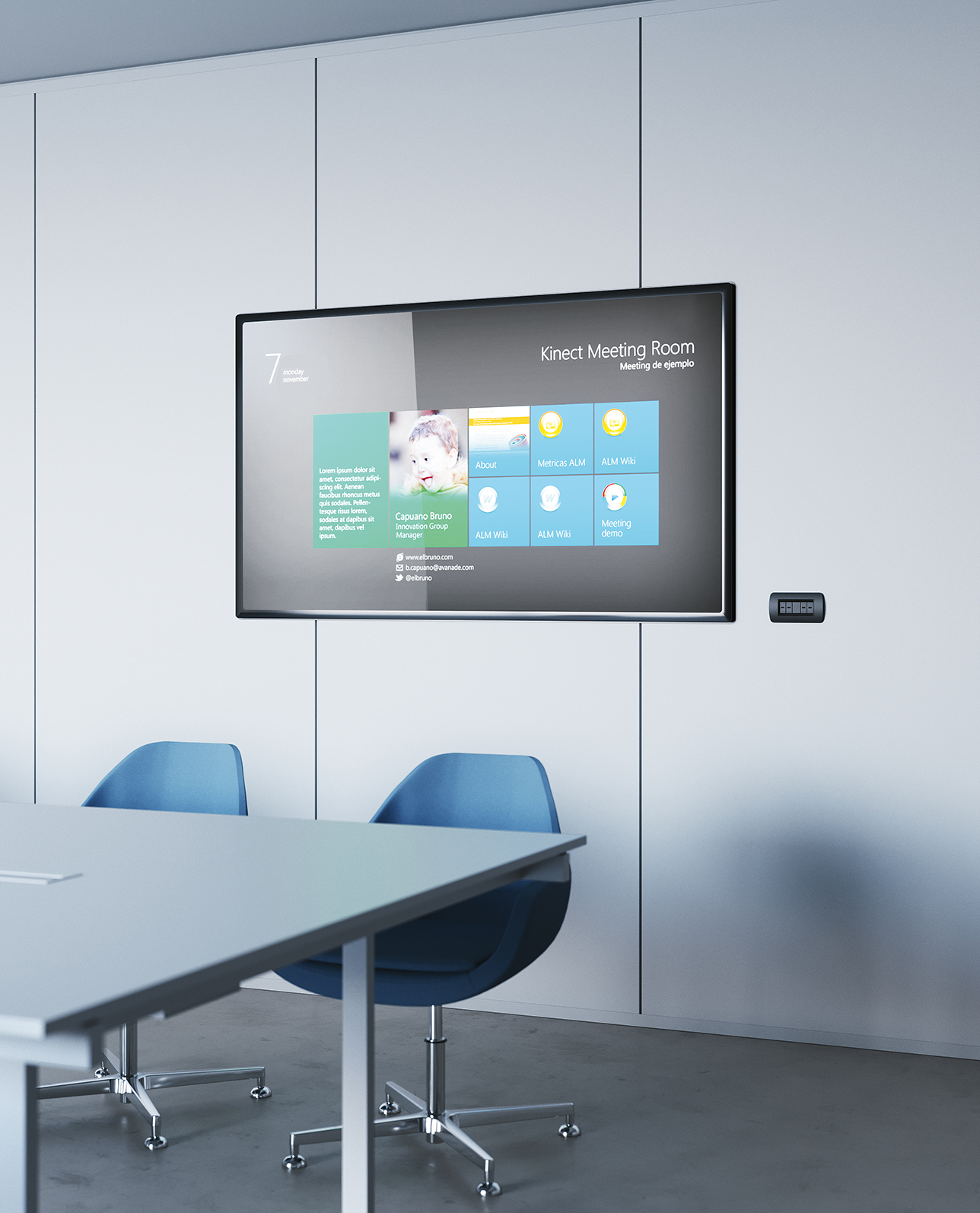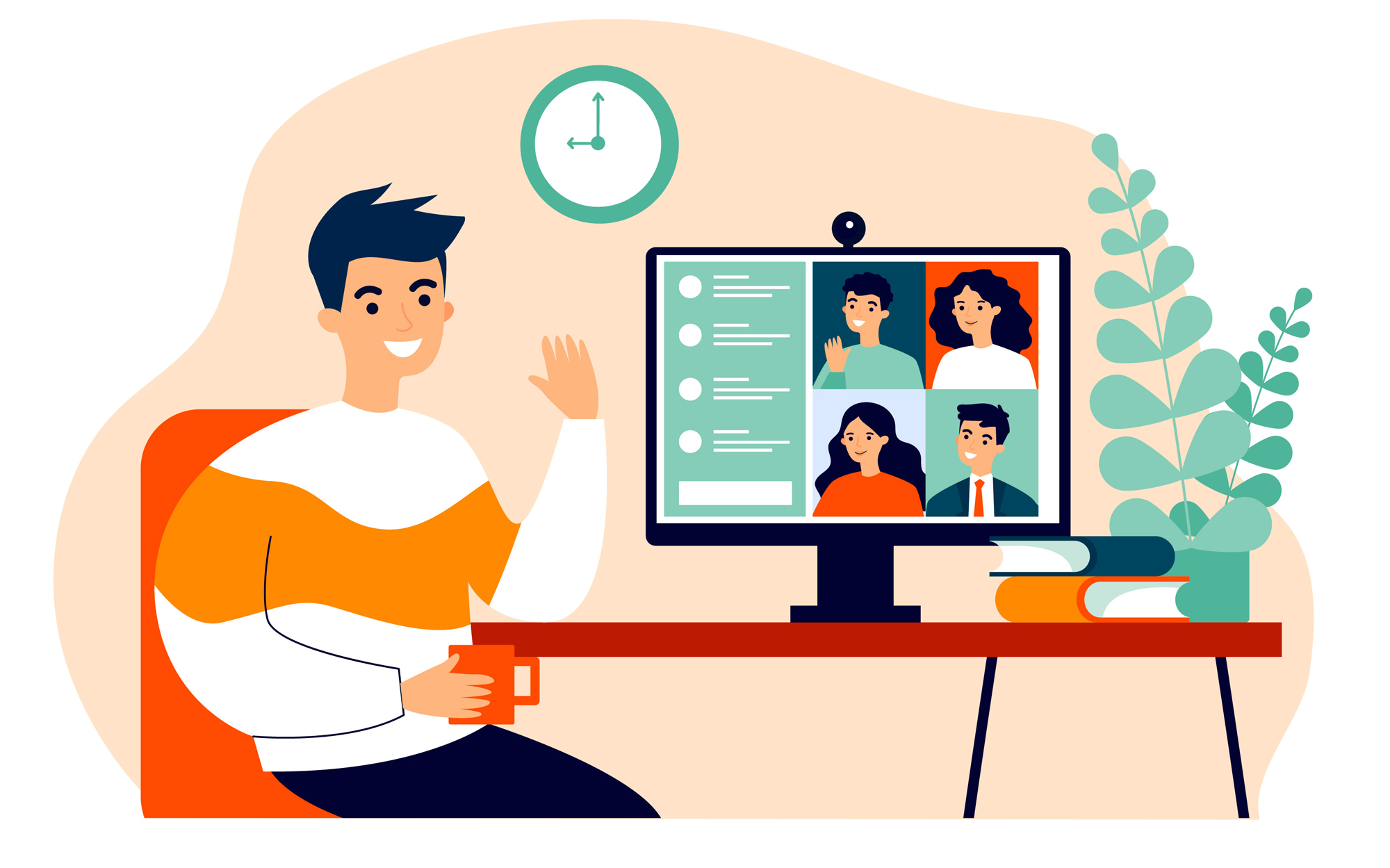Virtual meetings have become an established habit that thanks to the advent of technology have simplified many organisational aspects of work.
Over the years they have spread in companies in line with market globalization, and have become an integral part of our everyday life, especially during the COVID-19 emergency and in the following months.
People who take part in virtual meetings do not waste time in leaving their workstations but can participate and quickly exchange ideas or advice wherever they are. The advantage of not necessarily having to meet in person allows a reduction in costs of travel and time in moving from one office to another. The lack of a “real” confrontation, however, can often lead to communication difficulties and misunderstandings, excessively long meetings and overall bad moods. In summary: low efficiency.
Are your online meetings inefficient? Here are 5 possible causes.
- Distraction – When you are in front of a screen it’s easy to let your mind wander, especially when only one person is speaking for a long time. In addition to this there are all the notifications that may appear on the screen of your pc or on your phone: instant messaging, emails, orders.
- Delays – Digital divide is a worldwide problem, not only in the most peripheral areas. A slow connection can create problems when entering a virtual meeting, stretching times for all other participants too.
- Noise – Unless you are in a meeting room equipped for virtual meetings, there are almost always background noises that become a continuous disturbance both for who listens and who speaks.
- Difficulty in interacting – When the online connection includes many people, it can be difficult to express an opinion or participate in a discussion. At the same time many questions can remain unanswered, because without direct eye contact it may not be clear to whom they are directed.
- Drop in concentration – As the minutes go by, attention diminishes, above all when the factors listed above come into play. In face-to-face meetings stronger bonds are created between people than in virtual ones and over time people learn to know and to understand each other better.

5 tips to increase the efficiency of virtual meetings
- Platform – When choosing the tool to use for video conferences (Skype, Zoom, Meet, Microsoft Teams, etc.) don’t focus only on your needs, but also on those of all participants. Take into account the amount of data needed, according to the platform specifications: in some areas the connection may be too slow for HD video meetings.
- Space – It must be able to accommodate one or more people in a functional and efficient way. Meeting rooms or huddle rooms are organized for online meetings through interactive screens, PC and telephone charging stations and are designed with special attention to acoustics.
- Preparation – Identify in advance the objective of the meeting, schedule time slots for each rapporteur, create a meeting agenda and plan on how to discuss about all the topics it contains. Share with the team a preview, so that everyone can get to the meeting prepared.
- Interactions – Maintain the attention and involvement of the staff by asking questions, letting different speakers talk and by leaving a few minutes of conversation at the beginning of the meeting in order to make everyone feel comfortable. Providing a long break from the meeting can help improve concentration in the long term.
- Etiquette – Set some ground rules at the start and be a good example. Introduce all partecipants at the beginning of the meeting, make sure everyone’s connection is efficient and switch off your phone’s ringtone and PC notifications.
Conclusion
Both face-to-face and virtual meetings have their pros and cons. There is no need to favour one or the other, the best thing is to know how to combine the two. The first phases of a meeting or a project should be carried out through physical meetings, so that all important aspects can be discussed beforehand, and should then be continued with a virtual and efficient follow-up.

